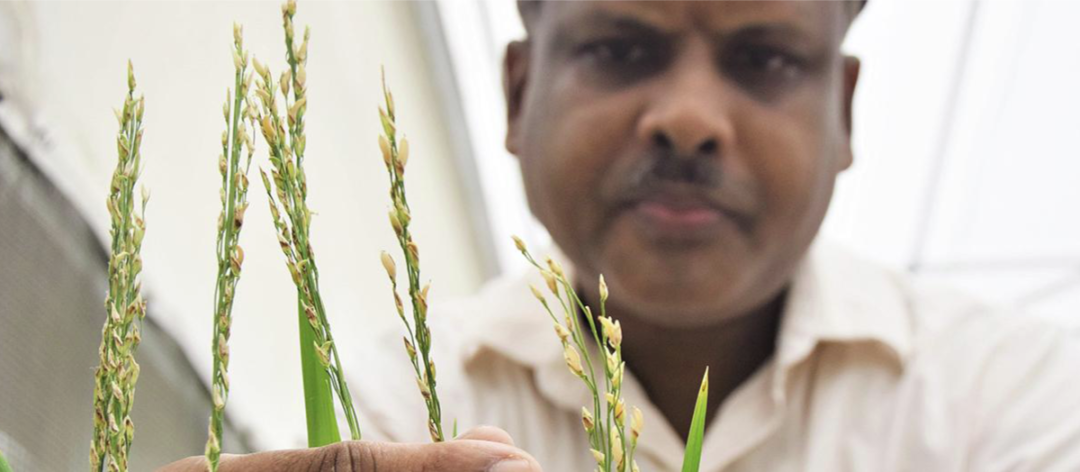MANILA, PHILIPPINES — The Philippines on July 21 became the first country to approve commercial propagation of Golden Rice.
For the past two decades, the Department of Agriculture-Philippine Rice Research Institute (DA-PhilRice) and the International Rice Research Institute (IRRI) have been developing Golden Rice to help combat vitamin A deficiency which can cause blindness and lead to other diseases.
According to the IRRI, around one in five children from the poorest communities in the Philippines suffer from vitamin A deficiency, which affects an estimated 190 million children worldwide.
DA-PhilRice released a permit for Golden Rice on July 21 that stated it had “undergone satisfactory biosafety assessment pursuant to Department of Science and Technology, DA, Department of Environment and Natural Resources, Department of Health, and Department of Interior and Local Government Joint Department Circular No.1, Series of 2016.”
The Philippine Rice Research Institute (PhilRice) said studies have shown that a one-cup portion of cooked Golden Rice contains enough beta-carotene to meet up to 30%-50% of the estimated average requirement of vitamin A for children aged 6 months to 5 years, the group most at risk of vitamin A insufficiency in the Philippines.
“This milestone puts the Philippines at the global forefront in leveraging agriculture research to address the issues of malnutrition and related health impacts in a safe and sustainable way” said Jean Balié, director general of IRRI, a CGIAR research center. “The regulatory success of Golden Rice demonstrates the research leadership of DA-PhilRice and the robustness of the Philippine biosafety regulatory system.”
Golden Rice is genetically engineered to contain high levels of beta carotene, which in turn is turned into Vitamin A by the body. Beta carotene is naturally found in fruits, vegetables and whole grains but not milled rice, the US Department of Agriculture’s (USDA) Foreign Agricultural Service (FAS) noted.
“We are committed to ensuring the highest quality of seed for farmers and a safe and nutritious food supply for all Filipinos,” said John de Leon, executive director of DA-PhilRice. “A comprehensive quality assurance and stewardship program for Golden Rice will be set in place, covering the entire value chain from seed production to post-harvest processing, to marketing.”
DA-PhilRice has started working with local partners to identify market- and program-based approaches for bringing Golden Rice first to selected communities with a high prevalence of Vitamin A deficiency and other associated micronutrient deficiencies.
The hope is that the approval of Golden Rice will help the Philippines meet its Sustainable Development goal of ending hunger, achieving food security and improving nutrition and promoting sustainable agriculture.
“The last-mile delivery of Golden Rice is just one component of a food systems approach to nutrition, which also includes community outreach and extension services, and improved market access for farmers,” said Ajay Kohli, director of research for IRRI. “By improving rice varieties that address farmer, consumer, and environment needs, precision breeding innovations such as genetic engineering and gene editing can open up pathways for more inclusive participation in the food system.”
According to the USDA, golden rice is the Philippines second genetically engineered approved commodity and the first to address nutrition issues.
In 2018, Golden Rice received positive evaluations from other regulatory bodies in Australia, New Zealand, Canada and the US.
Golden Rice is also currently undergoing final regulatory review in Bangladesh.
Golden Rice was first created by professors Ingo Potrykus and Peter Beyer in the late 1980s. IRRI became the first licensee of the scientists’ work in 2001.






